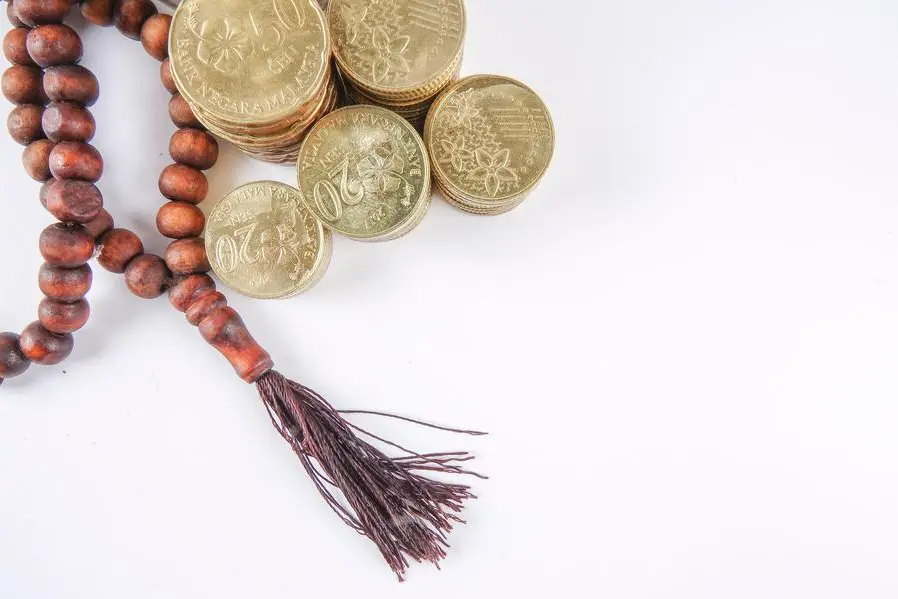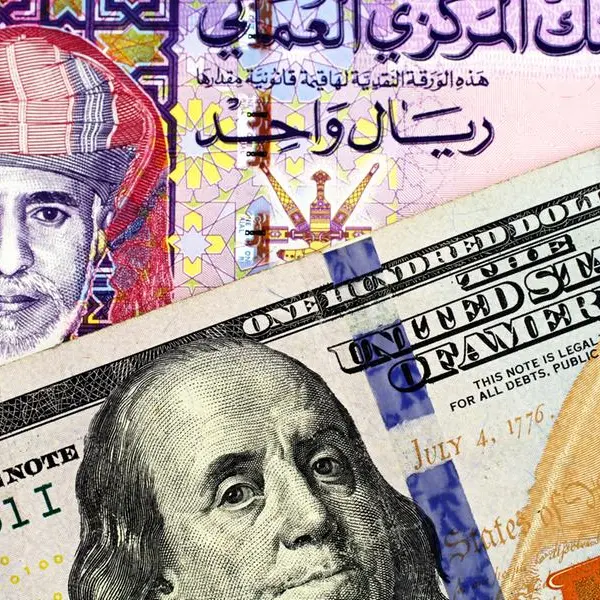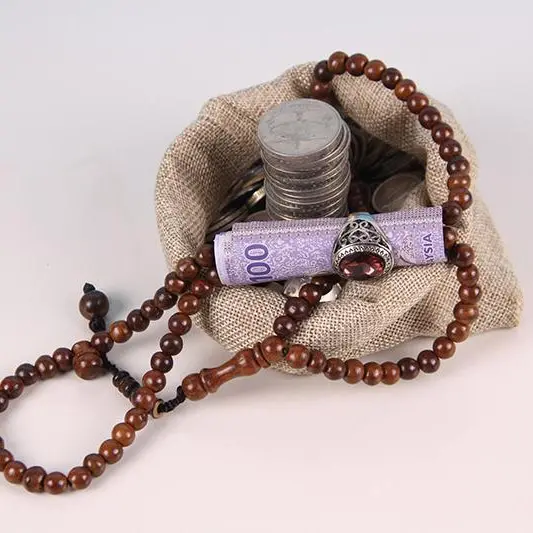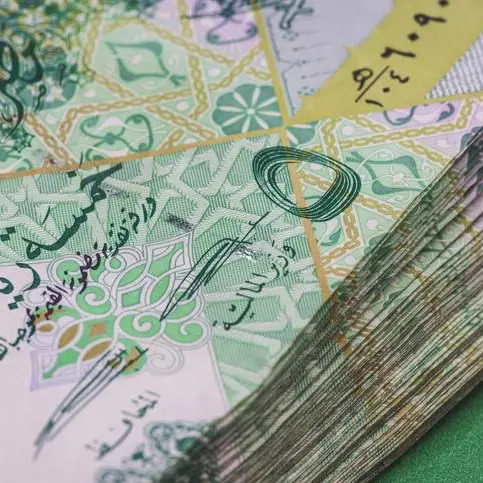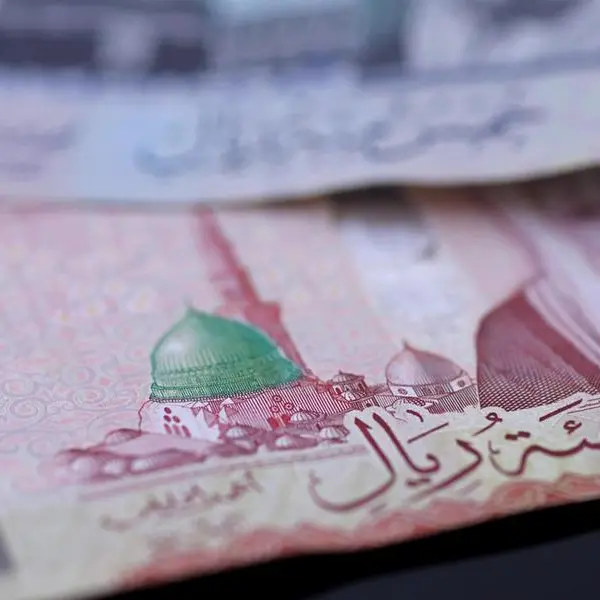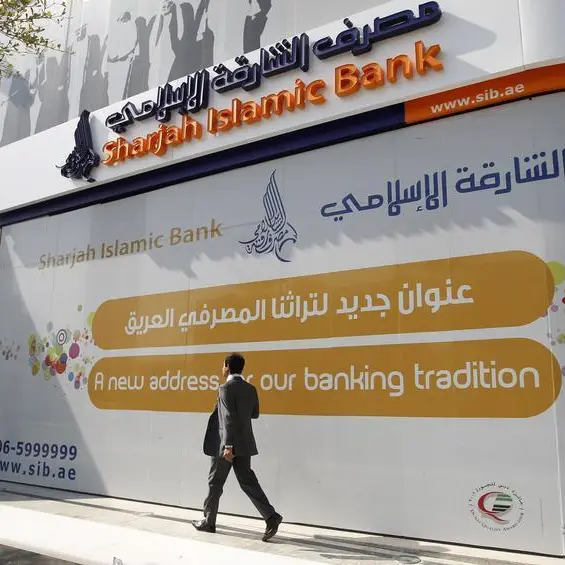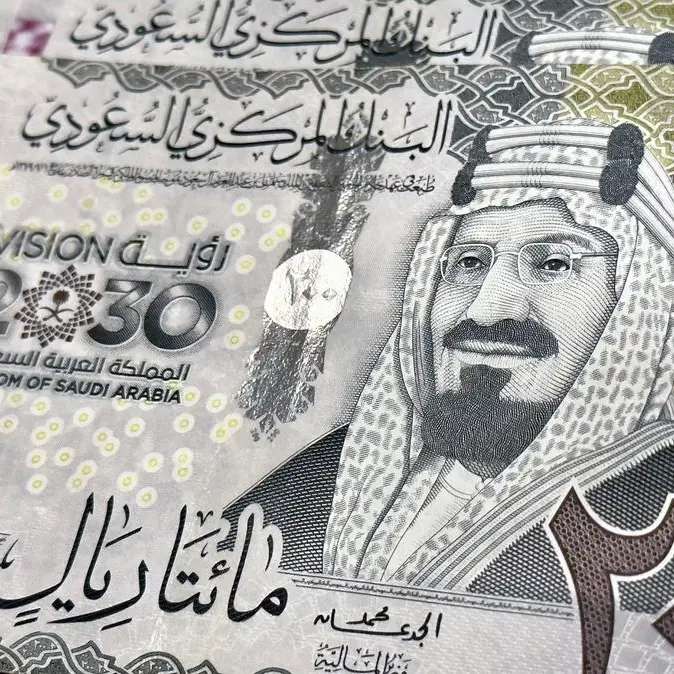PHOTO
The global Islamic finance industry will see double-digit expansion again in 2022-2023 after 10.2 percent growth in total assets in 2021, according to S&P Global Ratings.
"Growth last year was supported by Islamic banking assets in some Gulf Cooperation Council (GCC) countries and Malaysia, sukuk issuances exceeding maturities, and the solid performance of the Islamic funds industry," said Mohamed Damak, a credit analyst at S&P Global Ratings.
Higher commodities prices will underpin a stronger recovery in many core Islamic finance markets. Moreover, most of these countries are relatively resilient to macroeconomic shocks resulting from the Russia-Ukraine conflict. This will support the industry's prospects for 2022-2023 but global headwinds could change the picture, the report said.
The Islamic finance industry is, however, still held back by structural weaknesses, namely the complexity inherent to transactions and the correlation of performance with oil prices given concentration in commodities-exporting countries. The industry's geographical distribution has not materially changed over the past decade, suggesting that it may be struggling to attract interest beyond traditional markets, he said.
(Writing by Brinda Darasha; editing by Seban Scaria)
